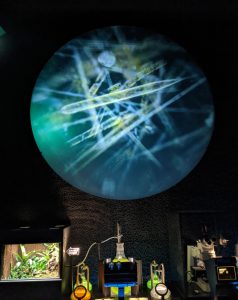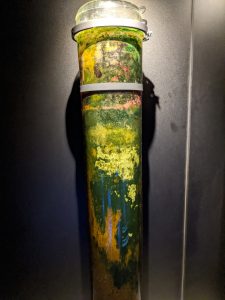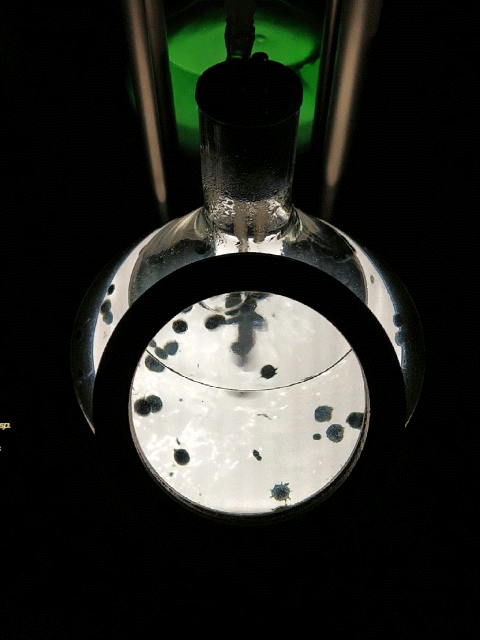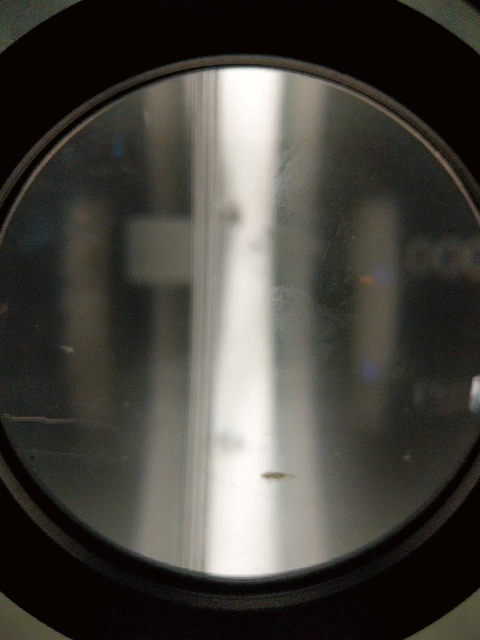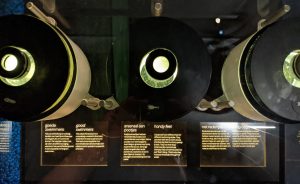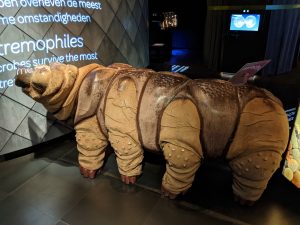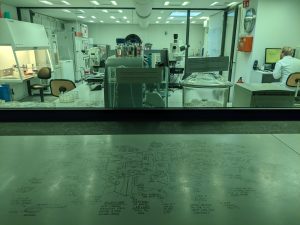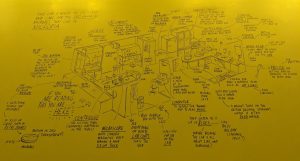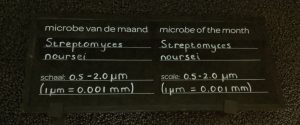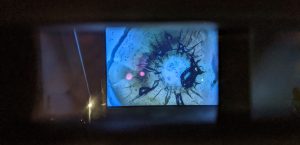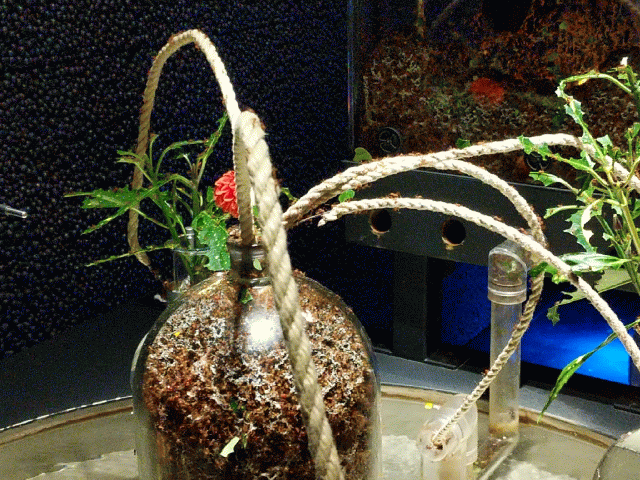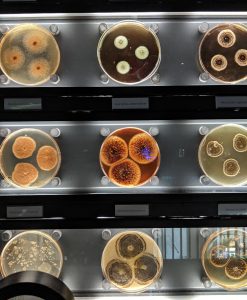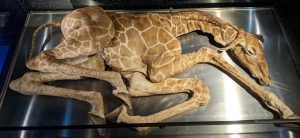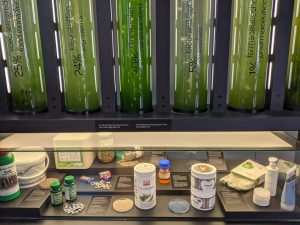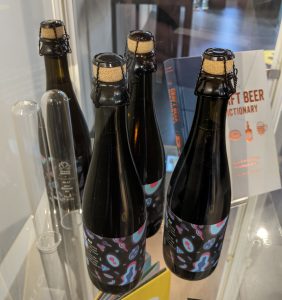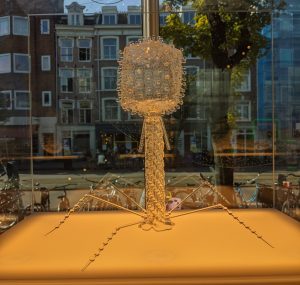I am attempting to gradually visit all of Amsterdam’s museums in (very) roughly alphabetical order. The previous one was Hollandsche Manege.
Micropia is a museum of microbes. It walks you through the stories behind this largely invisible but hugely important class of organisms, with primarily interactive exhibitions and displays delving into the detail of all manner of tiny things.
Once you enter, the (very helpful, in my case) staff member will show you through the gates and give you a brief explanation of how it works. You then ascend to the top floor in a lift that has an introductory display going on on the ceiling. This is something of a sign of things to come: the museum is chock full of displays providing information about all sorts of things.
Once you exit the lift, there are various displays, usually with a microscope you can control, or a magnifying glass, showing you all kinds of microbes, from cyanobacteria to water fleas, from fungi to tardigrades. This does tend to make it difficult to photograph. On the other hand, what is photographable is pretty cool.
Further on there is a lab where people work to maintain the collection. Amusingly this is displayed in a somewhat similar fashion to the rest of the exhibits, just without the magnification.
After showing you a lot of microbes, there is a section that explains the relevance of microbes to the larger world. This covers things like how they are important to digestion, or breaking down of dead animal and plant matter. There are also a few human-sized gesture-interaction screens that explain things like microbes on the human body, or what gets transferred during kissing.
After the top floor is completed you descend a spiral staircase back to the ground floor. In this area it’s explained how microbes are used in the production of various things, such as biofuel, cosmetics, and pharmaceuticals. Also a neat display showing how they take over when you leave food out for too long.
- Cost: Adults (over 10) €16, children €14. With a Museumkaart it’s free.
- Language: English and Dutch.
- Location: Plantage Kerklaan 38-40, 1018 CZ Amsterdam. It is inside the Artis zoo, but accessible without having to pay entry to that. The number 14 tram from Centraal Station to the Artis stop is probably the easiest route to take.
- Hours: Open daily from 11.00-17.00. According to the website reservations are mandatory at the moment, but I didn’t need one. I think it depends on how busy it is.
